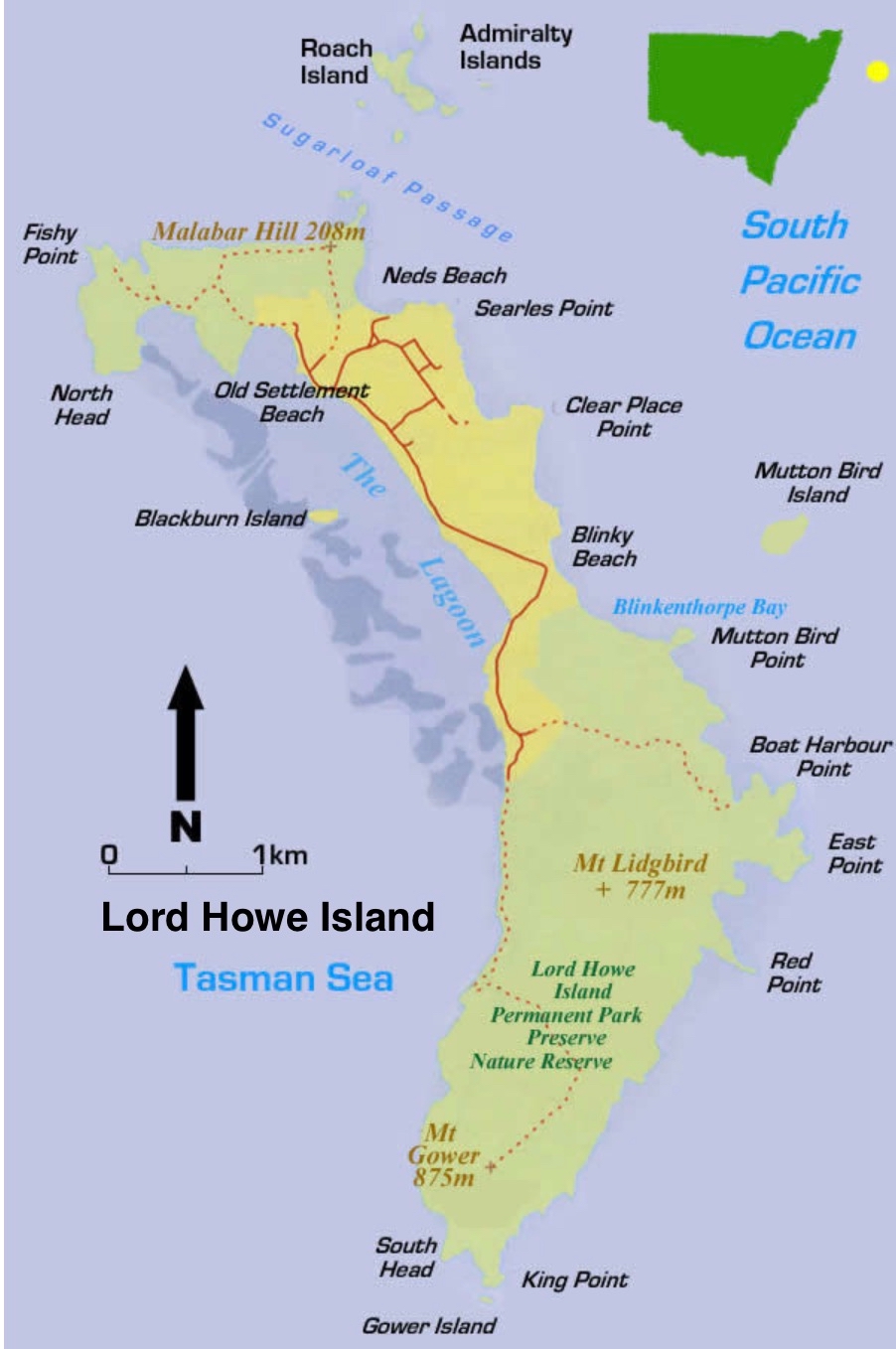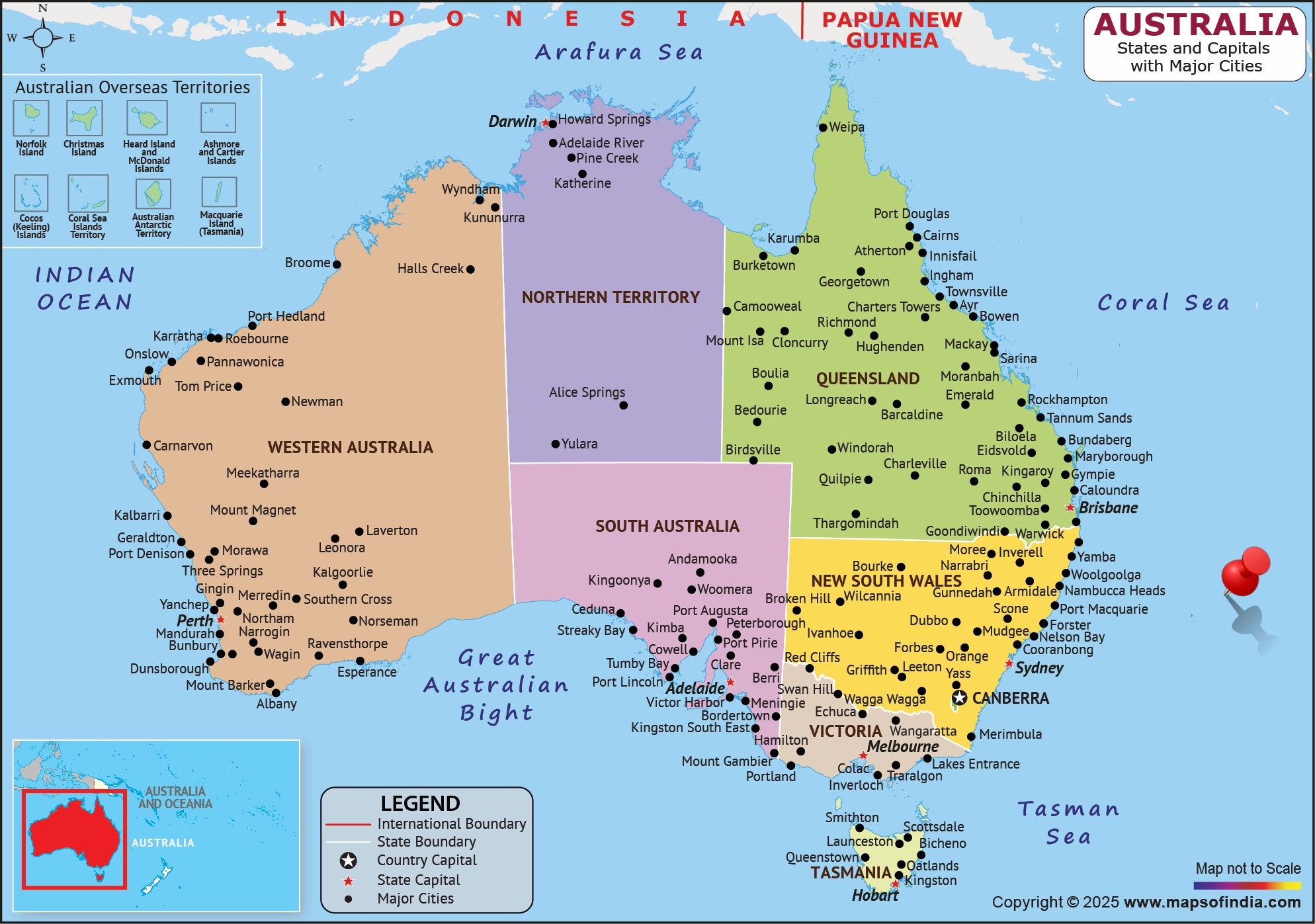Lord Howe Island is a World Heritage Site and is Australia’s premier seabird island with more seabird species breeding here than any other part of Australia. Fourteen different seabird species breed on Lord Howe Island each year with birds numbering several hundred thousand. This all takes place in the setting of one of the most beautiful islands in the world with rainforest clad mountains almost 900m high and the world’s most southerly coral reef enclosing a lagoon fringed with white sandy beaches. The island has an unusual mix of both tropical and temperate seabird species including the most southerly breeding location for Sooty Terns, Black and Brown Noddies and White Terns and also boasts the world’s largest breeding colony of Red-tailed tropicbirds. November is chosen for this Bird-Photo-Tour as this coincides with the height of the seabird breeding season with a frenzy of birds courting, egg laying and feeding chicks, all happening within easy access of your accommodation. There are no native mammal predators on the island and so all of the birds have evolved without danger making it possible for an exceptionally close approach to observe and capture their beauty in stunning photographic detail.


Breeding Seabirds: Black-winged Petrel / Providence Petrel / Kermadec Petrel / Wedge-tailed Shearwater / Flesh-footed Shearwater / Little Shearwater / White-bellied Storm Petrel / Red-tailed Tropicbird / Masked Booby / Sooty Tern / Common Noddy / Black Noddy / Grey Ternlet / White Tern
Others: Lord Howe Woodhen / Lord Howe Silvereye / Lord Howe Currawong / Double-banded Plover / Pacific Emerald Dove / Pacific Black Duck / Sacred Kingfisher / Masked Lapwing
Guiding Fees / Ground Transportation / Accommodation / Meals / Entrance Fees / Tipping for Drivers, Boatsmen, Hotel and Restaurant Staff.
International Flights / VISA Fees / Travel Insurance / Tips for Local Guide / Alcohol / Laundry / Items of a Personal Nature
Days 1-8 Lord Howe Island [7N, 6D, 13S]. Arrive on Lord Howe Island and transfer to your hotel. Photographic Targets: Black-winged Petrel / Providence Petrel / Kermadec Petrel / Wedge-tailed Shearwater / Flesh-footed Shearwater / Little Shearwater / White-bellied Storm Petrel / Red-tailed Tropicbird / Masked Booby / Sooty Tern / Common Noddy / Black Noddy / Grey Ternlet / White Tern / Lord Howe Woodhen / Lord Howe Silvereye / Lord Howe Currawong / Double-banded Plover / Pacific Emerald Dove / Pacific Black Duck / Sacred Kingfisher / Masked Lapwing
Day 8 Sydney [0N, 0D, 0S]. Transfer to Lord Howe Island Airport for a domestic flight to Sydney and then ongoing International Departures [END].
[Key: N: Night / D: Full Day / S: Session / Half-Day]


Nick Ludovic Green has been living in Asia for over 15-years and in this time has conducted over 125 bird photography trips across the whole of the Asian continent ranging from Kazakhstan in the west, through India and China to Japan in the east, and from the Kamchatka coastline in the north to as far south as Indonesia. In China alone Nick has photographed to portrait-quality standard over 1,200 of China's bird species taking him to all of China's provinces as well as most of those nations bordering China. These bird photography trips have ranged in length from a few days to many months, including a three-month bird photography expedition to China's Xinjiang Autonomous Region, becoming quite possibly the most travelled foreigner in this region over the past decade. Nick has also conducted a four-month bird photography trek across the Himalayas, ranging from the Indian States of Ladakh and Kashmir in the west, into the Himalayan Kingdom of Bhutan, then onto the Indian States of West Bengal and Sikkim, ending in Arunachal Pradesh and Assam in the eastern Himalayas. Nick has had his images published across numerous media channels including the BBC and Chinese state-owned media outlets, various bird magazines and journals including the Oriental Bird Club's BirdingASIA. He has his own website on the Birds of China and his book 'Portraits of the Birds of China' is due for publication in 2026. Furthermore, Nick has presented films on photographing birds both in Asia and Europe, has his bird images published across many social media platforms within and outside Asia, and has led a number of bird photography lectures and walks, particularly targeted at children. Consequently, Nick has accumulated significant experience of photographing birds within the Asian continent and this expertise has formed the backdrop to setting up Bird-Photo-Tours Asia, trips designed by bird photographers for bird photographers.
(i) The guesthouses are all in close proximity to the bird photography locations (ii) Walking is at a light pace (iii) There is no requirement to hike nor climb. (iv) None of the locations are at altitude (v) There is no camping.